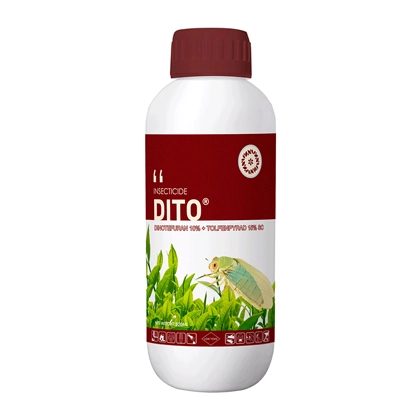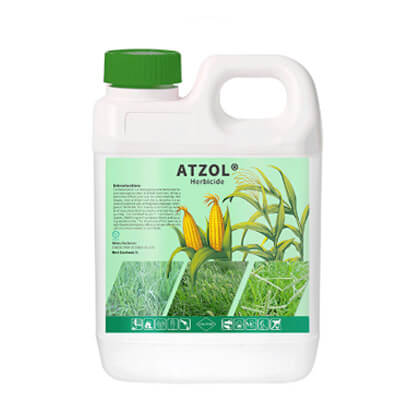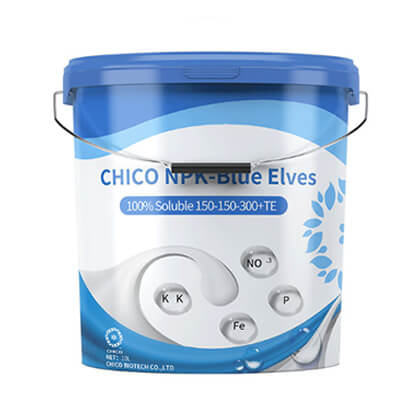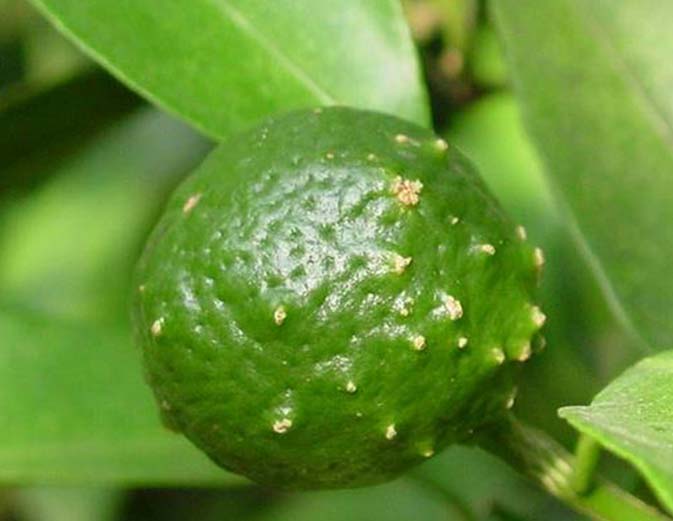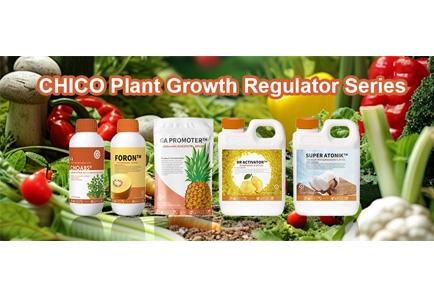
Advantages and Functions of Amino Acid Fertilizer Powder
Amino acids are the basic building blocks of proteins, containing both amino and carboxyl groups, which may help plants absorb nutrients. Amino acid fertilizer powder offers several advantages, including promoting growth, increasing yields, and enhancing stress resistance. Regarding its functions, it typically provides direct nutrition, improves soil structure, and promotes microbial activity. This article will provide a detailed introduction to the advantages and functions of amino acid fertilizer powder.
Advantages of Amino Acid Fertilizer Powder
Revolutionary Improvement in Bioavailability
By adopting small molecular water-soluble technology, amino acid fertilizer powder breaks through the traditional fertilizer barrier, increasing the utilization of NPK by 40%-65% compared to conventional compound fertilizers.
Full-Cycle Nutrient Regulation System
A dynamic nutrient supply mechanism is built from the germination stage to the maturity stage, with particular emphasis on the key elements needed during the reproductive growth phase.
Stress Resistance Response System
Activates the plant's SOD/PPO enzyme system, enhancing the plant’s ability to resist cold, drought, and salinity by 2-3 times.
Soil Ecosystem Restoration
Directs the cultivation of AMF arbuscular mycorrhizal fungi to rebuild soil micro-ecological balance and effectively activate fixed phosphorus and potassium elements in the soil.
Quality Agricultural Product Production
By regulating the anthocyanin synthesis pathway, it promotes a 15%-22% increase in fruit sugar content and a 30% increase in vitamin C content.
Pesticide and Fertilizer Reduction Integrated Solution
Reduces the use of chemical pesticides by 35%-50%, and, in combination with biological control, helps create a green pest management system.
Climate-Smart Fertilization Model
Maintains efficient fertilization under low temperature and low light conditions, reducing yield losses caused by adverse conditions.
Nutrient Synergy Network
Establishes chelation and synergistic enhancement channels for micronutrients such as zinc, iron, and manganese, solving physiological deficiencies in crops.
Carbon Sink Value Enhancement
Organic matter input is 2.8 times higher than traditional chemical fertilizers, supporting the achievement of agricultural carbon neutrality.
Functions of Amino Acid Fertilizer Powder
Nutrient Supply Layer
Rapid release of free amino acids (>80%).
Targeted supplementation of linoleic acid/glutamic acid membrane system.
Strengthened γ-aminobutyric acid (GABA) signaling.
Physiological Regulation Layer
Regulation of auxin polar transport.
Activation of cytokinin biosynthesis.
Enhanced gene expression of gibberellin response.
Stress Resistance Defense Layer
Induction of osmotic regulation substance synthesis.
Enhancement of ion pump activity.
Acceleration of phenolic substance accumulation.
Root Development Layer
40%-60% increase in root hair density.
Promotion of primary root elongation factor secretion.
Increased nutrient capture efficiency in the mycorrhizal zone.
Photosynthesis Enhancement Layer
Enhanced Rubisco enzyme activity.
Optimized ATP synthesis in chloroplasts.
Upgraded photoprotective systems.
Metabolic Optimization Layer
Activation of key enzymes in the phenylpropanoid pathway.
Guiding flavonoid biosynthesis pathways.
Regulation of volatile organic compound emissions.
Texture Improvement Layer
Regulation of pectin methylesterase activity.
Accelerated cellulose synthesis in cell walls.
Precise control of respiration rate.
Storage Quality Layer
Regulation of soluble solids gradients.
Delay mechanisms for respiration transition periods.
Activation of ethylene synthesis inhibition pathways.
Microbial Community Regulation Layer
Reshaping of nitrifying and denitrifying bacterial communities.
Directed proliferation of PGPR functional bacteria.
Construction of a symbiotic network between fungi and bacteria.
Environmental Adaptation Layer
Soil temperature buffering effect.
Enhanced heavy metal chelation.
Ozone stress tolerance mechanisms.
Nutrient Cycling Layer
Optimization of carbon, nitrogen, and phosphorus co-metabolism.
Enhanced activity of straw decomposition enzymes.
Incremental effect on underground carbon stores.
Pesticide Enhancement Layer
Protective mechanisms for action targets.
Induced expression of drug-metabolizing enzymes.
Delay strategies for resistance development.
Water Management Layer
Release of transpiration inhibition factors.
Activation of root water retention genes.
Improvement of soil water retention.
Signal Transduction Layer
Regulation of hormone receptor sensitivity.
Optimization of calcium ion signaling pathways.
Induction of systemin synthesis.
Variety Adaptation Layer
Response maps for different crop genotypes.
Intervention at sensitive stages of growth.
Genetic improvement assistance strategies.
Residue Control Layer
Amino acid-controlled slow-release coating technology.
Construction of environmental degradation enzyme systems.
Mechanisms for reducing residual toxicity.
Smart Agriculture Layer
Integration of wearable sensor data.
Drone-based variable-rate application adaptation.
Digital twin system modeling.







